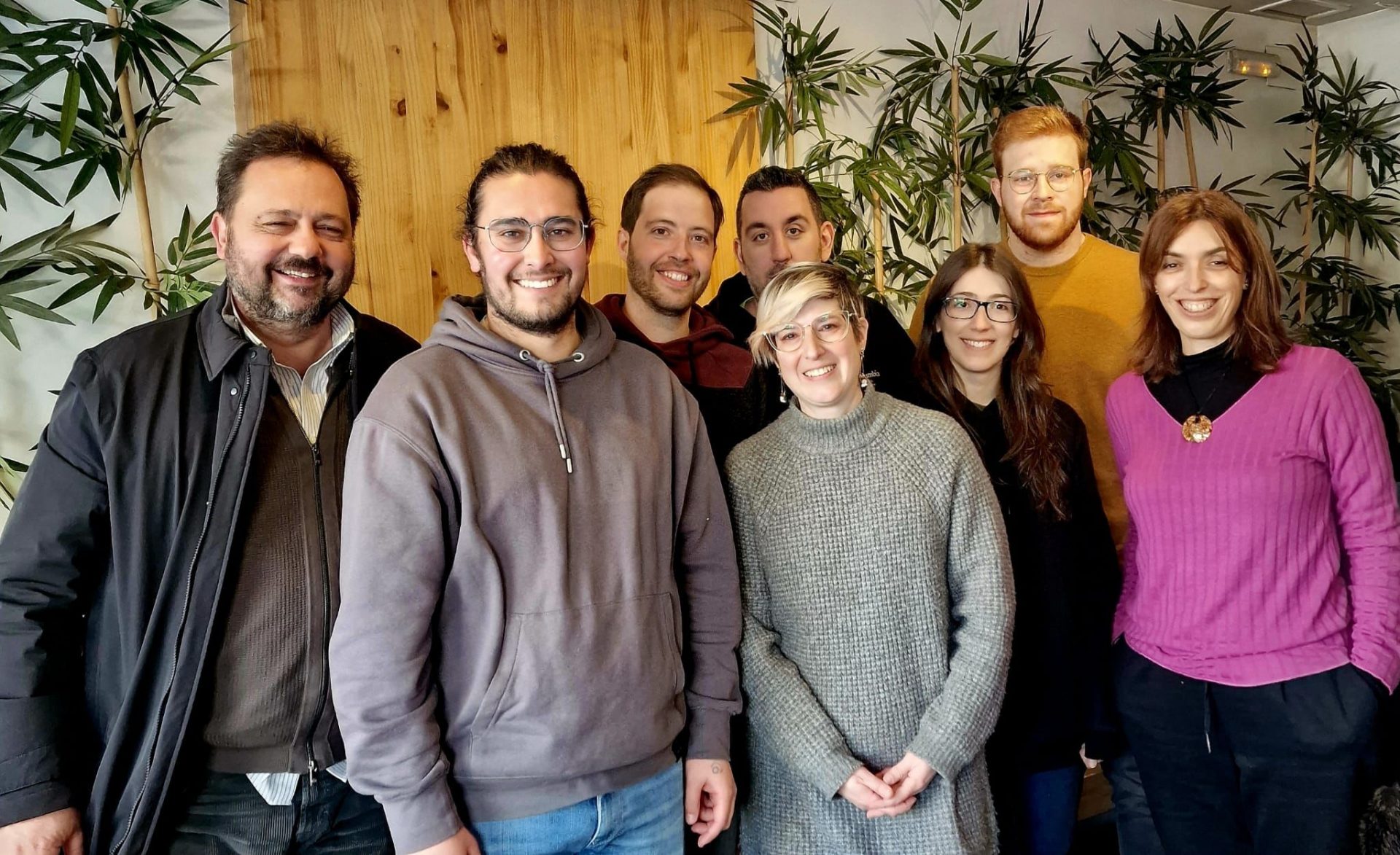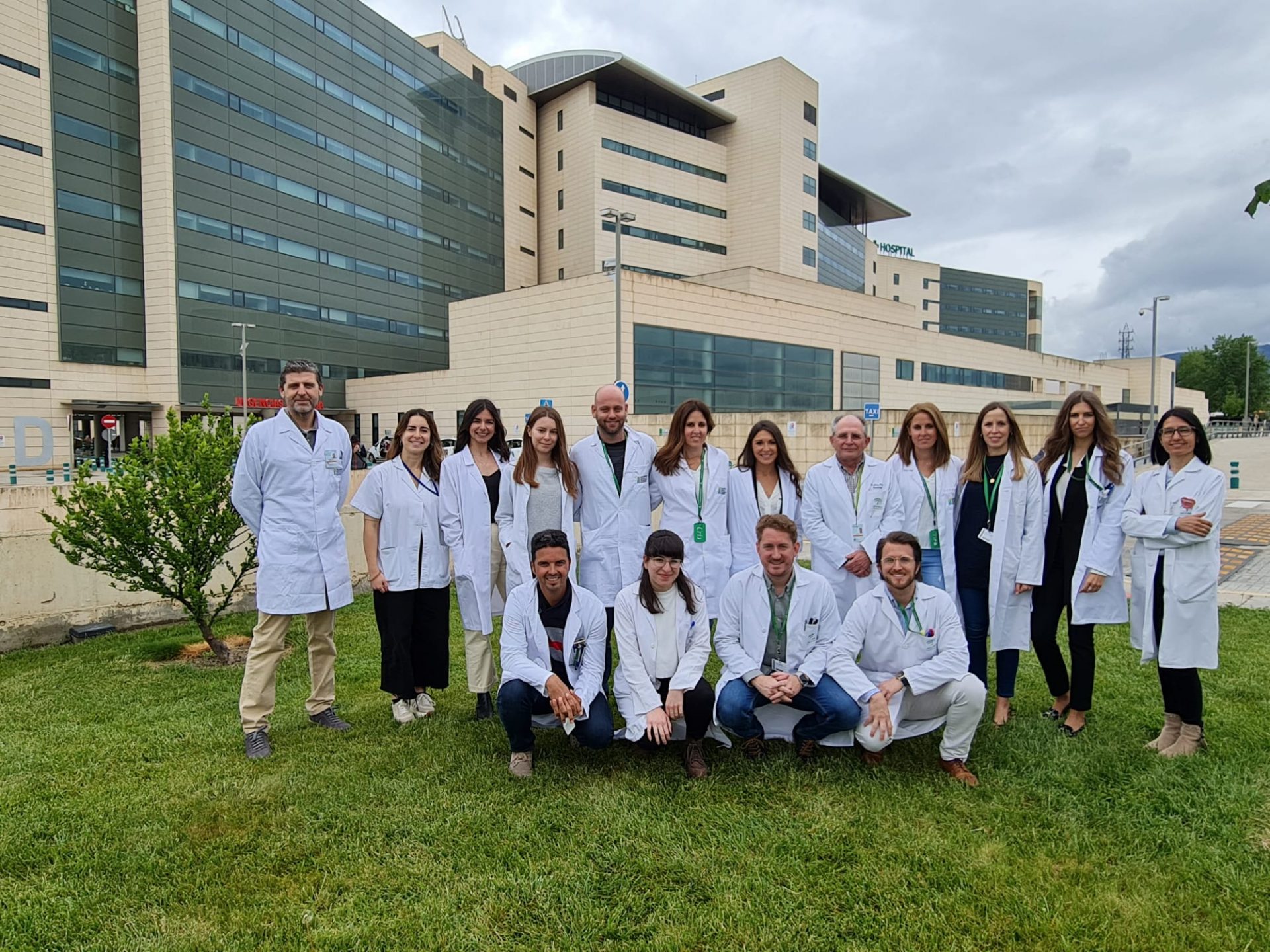
UGR researchers have provided the international scientific community with a major geophysical database compiled from experiments conducted in the Antarctic
Carried out in collaboration with the Australian Antarctic Data Centre, the project marks the first time such a vast quantity of data related with a research project has been openly shared with the international scientific community. The database has been published in Scientific Data, a prestigious open-access journal from by the Nature Publishing Group, further enhancing the scope of its international impact.
The international research group led by Jesus M. Ibáñez Godoy, a Professor of Physics at the UGR, has provided the global scientific community with this open-access and free database, which includes the comprehensive results of their geophysical research conducted in Deception Island (Antarctica). Stored at the Australian Antarctic Data Centre, the database provides derived models associated with the UGR TOMO-DEC Project. The original experiment enabled researchers to simultaneously record active and passive seismic signals from a large network of seismic stations that were deployed both on land and on the seafloor, and gather significant information such as bathymetric high precision multi-beam data, as well as gravimetric and magnetic profiles of Earth.
According to Prof. Ibañez Godoy, “sharing data and models with the research community, not just through research papers, is one of the major challenges currently facing the scientific community. A different mindset is required; one that fosters the sharing of all databases so that research findings can be tested, reproduced and even improved by the international community.” Each time a researcher employs the database, they must cite and reference it, which further enhances UGR’s global impact.
The TOMO-DEC multi-parametric experiment was conducted in 2005 on Deception Island and its surrounding waters and thanks to it, the IAGPDS has reached a new milestone in Antarctic studies, generating an extensive range of scientific publications, additional projects and doctoral theses.
The experiment was conceived through international and multidisciplinary collaboration and directed by Prof. Ibáñez Godoy. It was performed from aboard the Spanish oceanographic vessel 'BIO Hespérides', and from five land-based locations on Deception Island (the scientific Antarctic base 'Gabriel de Castilla' and four temporary camps). This experiment explored the generation of active seismic signals, gravimetric and magnetic profiles, studies of seabed topography and other relevant geophysical data.
The launch of this open-source database marks the first time such a comprehensive range of data associated with a specific research project has been freely shared. This commitment to the free and open exchange of scientific data is also an integral part of the Spanish KNOWAVES project, directed by Prof. Jesús M. Ibáñez Godoy and Dr. Carmen Benitez, and is also central to the European EPOS project. Prof. Ibáñez Godoy is a representative of this latter project, which at the same time is linked to the Italian INGV working group focused on multidisciplinary experiments on active volcanoes.
The database has been published in Scientific Data, an internationally renowned journal from the Nature Publishing Group, further contributing to the UGR’s prestige as an institution at the forefront of international research. The authors of this recently published paper are Prof. Ibáñez Godoy, Dr. Javier Almendros and Dr. Gerardo Alguacil (both of whom work at the Andalusian Institute of Geophysics and Earthquake Disaster Prevention (IAGPDS), together with Dr. Carmen Benítez, a Senior Lecturer at the Department of Signal Theory, Telematics and Communications. Moreover, Dr. Alejandro Díaz, Dr. Janire Prudencio, Dr. Daria Zandomeneghi and Dr. Araceli García, all of whom obtained their doctorate at the UGR, along with Andrew Barclay (Columbia University) and William Wilcock (University of Washington) also developed the aforementioned paper.
Several working groups and teams were involved in the TOMO-DEC experiment, such as the Andalusian Institute of Geophysics and Earthquake Disaster Prevention (IAGPDS), Lamont Doherty Earth Observatory, Columbia University (United States), INGV-Vesuvius Observatory (Italy), INGV-Catania (Italy), CENAPRED (Mexico), University of Cadiz (Andalusia), University of Colima (Mexico), University College Dublin (Ireland), Complutense University of Madrid (Spain), National University of La Plata (Argentina), University of Washington (United States) and USGS Volcanic Hazard Team (United States).
The database can be accessed via the following link: https://data.aad.gov.au/metadata/records/TOMODEC_2005_UTM-SPAIN
Bibliographic reference:
Ibáñez, J.M., Díaz-Moreno, A., Prudencio, J., Zandomeneghi, D., Wilcock, W., Barclay, A., Almendros, J., Benítez, C., García-Yeguas, C. and Alguacil, G., (2017). Database of multi-parametric geophysical data from the TOMO-DEC experiment on Deception Island, Antarctica. Scientific Data. 4:170128, doi: 10.1038/sdata.2017.128.
Contact:
Jesús Miguel Ibáñez Godoy
Department of Theoretical Physics and Cosmology of the University of Granada
Telephone number: +34 958241761
E-mail: jibanez@ugr.es



